Original Article from The New England Journal of Medicine — Transplantation Outcomes for Severe Combined Immunodeficiency, 2000–2009
Research and publish the best content.
Get Started for FREE
Sign up with Facebook Sign up with X
I don't have a Facebook or a X account
Already have an account: Login
Latest advances in immunopathology diagnosis and treatment
Curated by
Alfredo Corell
 Your new post is loading... Your new post is loading...
 Your new post is loading... Your new post is loading...

Alfredo Corell's curator insight,
June 6, 2013 4:43 AM
Mínimo precio - Gran calidad Comienzo inminente el 10 de junio de 2013 plazas disponibles
Instrucciones de inscripción: http://www.geclidsei.uva.es/mod/resource/view.php?id=2773 |

Alfredo Corell's curator insight,
June 7, 2013 4:04 PM
Good video animation about phagocytosis and CGD |






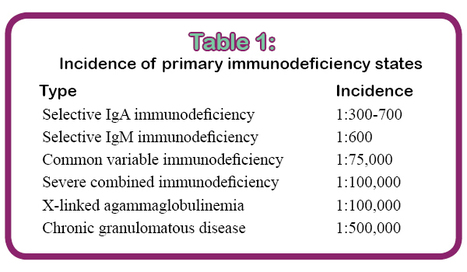
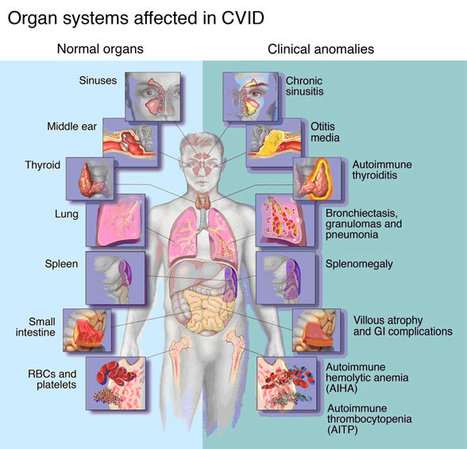

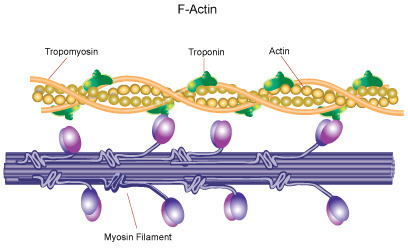




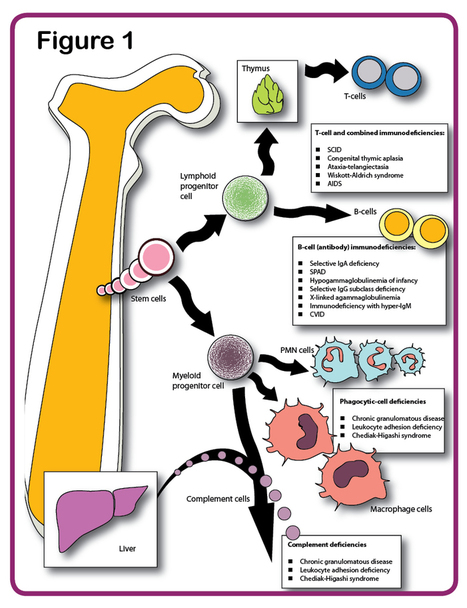

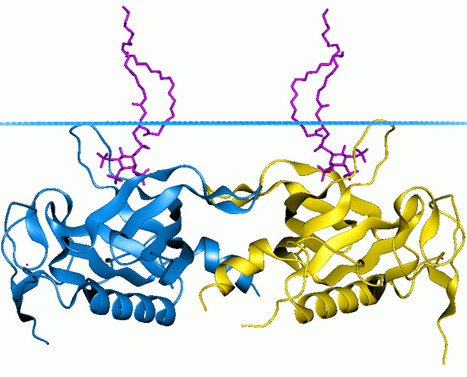
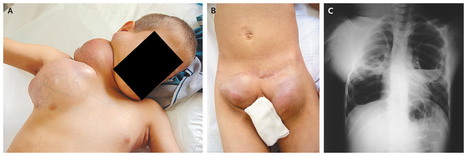
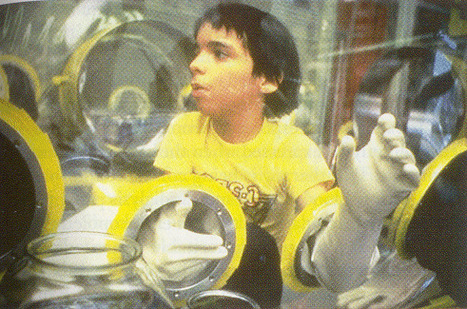






Sung-Yun Pai, M.D., Brent R. Logan, Ph.D., Linda M. Griffith, M.D., Ph.D., Rebecca H. Buckley, M.D., Roberta E. Parrott, B.S., Christopher C. Dvorak, M.D., Neena Kapoor, M.D., Imelda C. Hanson, M.D., Alexandra H. Filipovich, M.D., Soma Jyonouchi, M.D., Kathleen E. Sullivan, M.D., Ph.D., Trudy N. Small, M.D., Lauri Burroughs, M.D., Suzanne Skoda-Smith, M.D., Ann E. Haight, M.D., Audrey Grizzle, M.P.H., Michael A. Pulsipher, M.D., Ka Wah Chan, M.D., Ramsay L. Fuleihan, M.D., Elie Haddad, M.D., Ph.D., Brett Loechelt, M.D., Victor M. Aquino, M.D., Alfred Gillio, M.D., Jeffrey Davis, M.D., Alan Knutsen, M.D., Angela R. Smith, M.D., Theodore B. Moore, M.D., Marlis L. Schroeder, M.D., Frederick D. Goldman, M.D., James A. Connelly, M.D., Matthew H. Porteus, M.D., Ph.D., Qun Xiang, M.S., William T. Shearer, M.D., Ph.D., Thomas A. Fleisher, M.D., Donald B. Kohn, M.D., Jennifer M. Puck, M.D., Luigi D. Notarangelo, M.D., Morton J. Cowan, M.D., and Richard J. O'Reilly, M.D.
N Engl J Med 2014; 371:434-446July 31, 2014DOI: 10.1056/NEJMoa1401177
CONCLUSIONS
Transplants from donors other than matched siblings were associated with excellent survival among infants with SCID identified before the onset of infection. All available graft sources are expected to lead to excellent survival among asymptomatic infants. (Funded by the National Institute of Allergy and Infectious Diseases and others.)